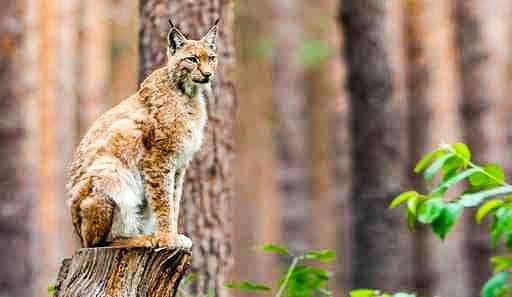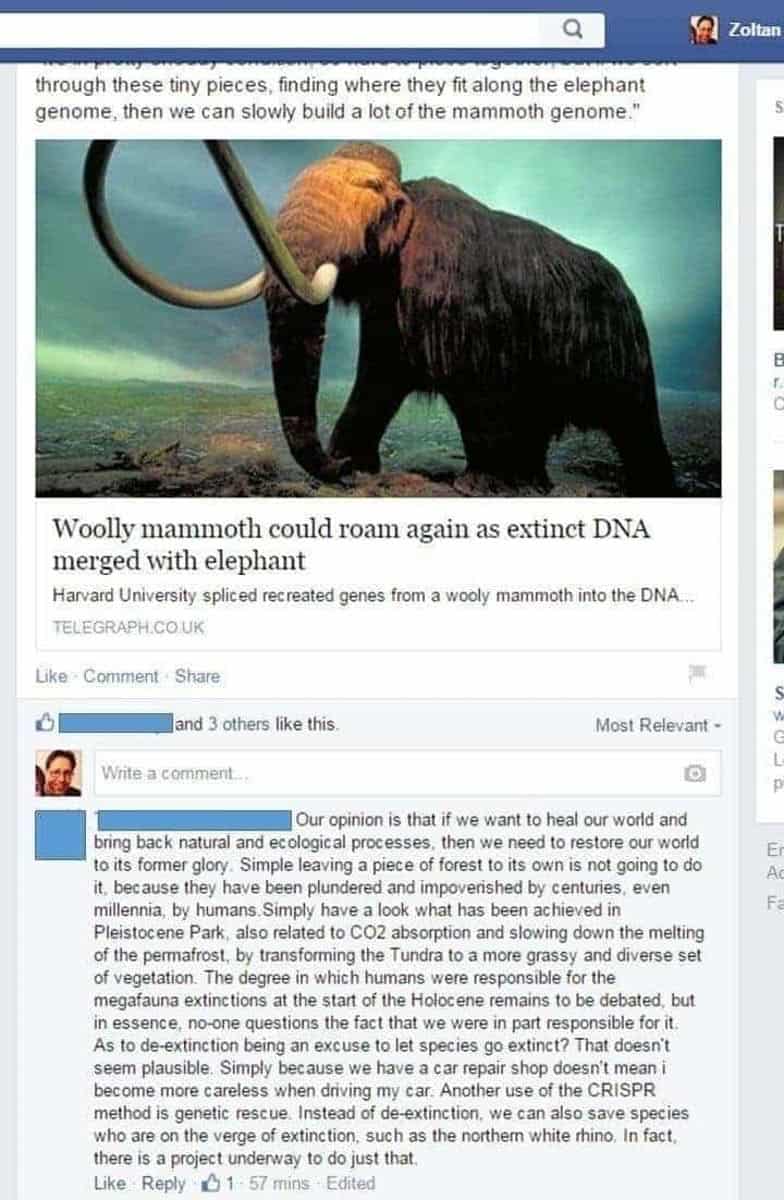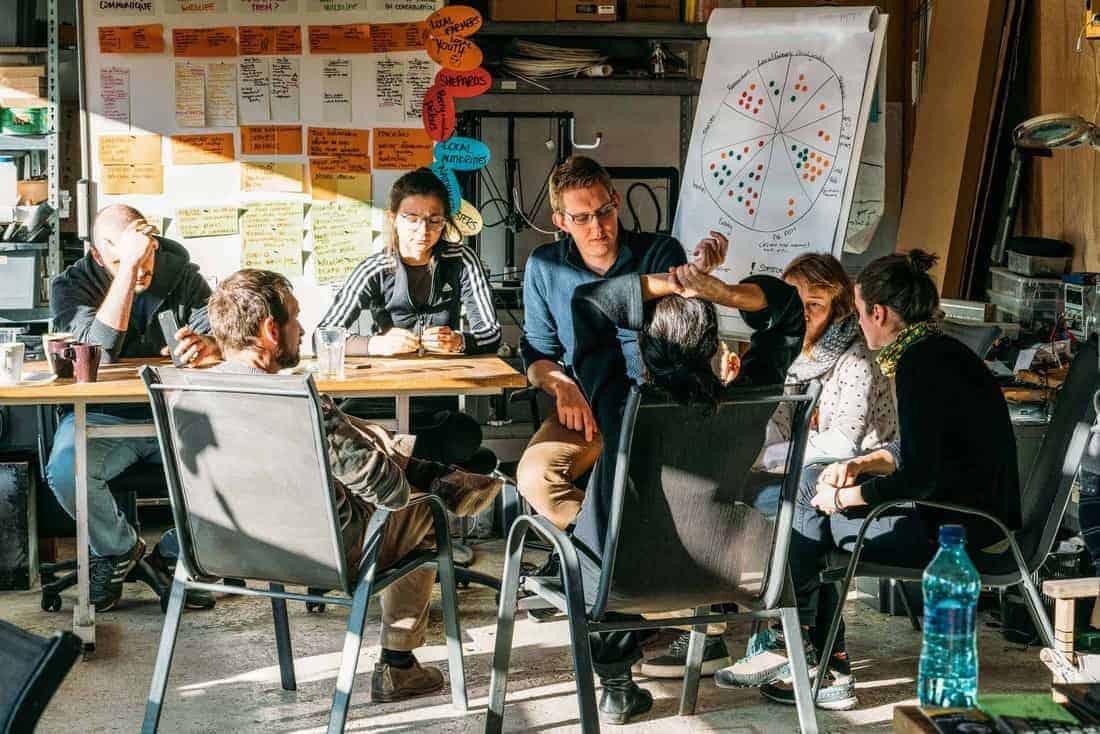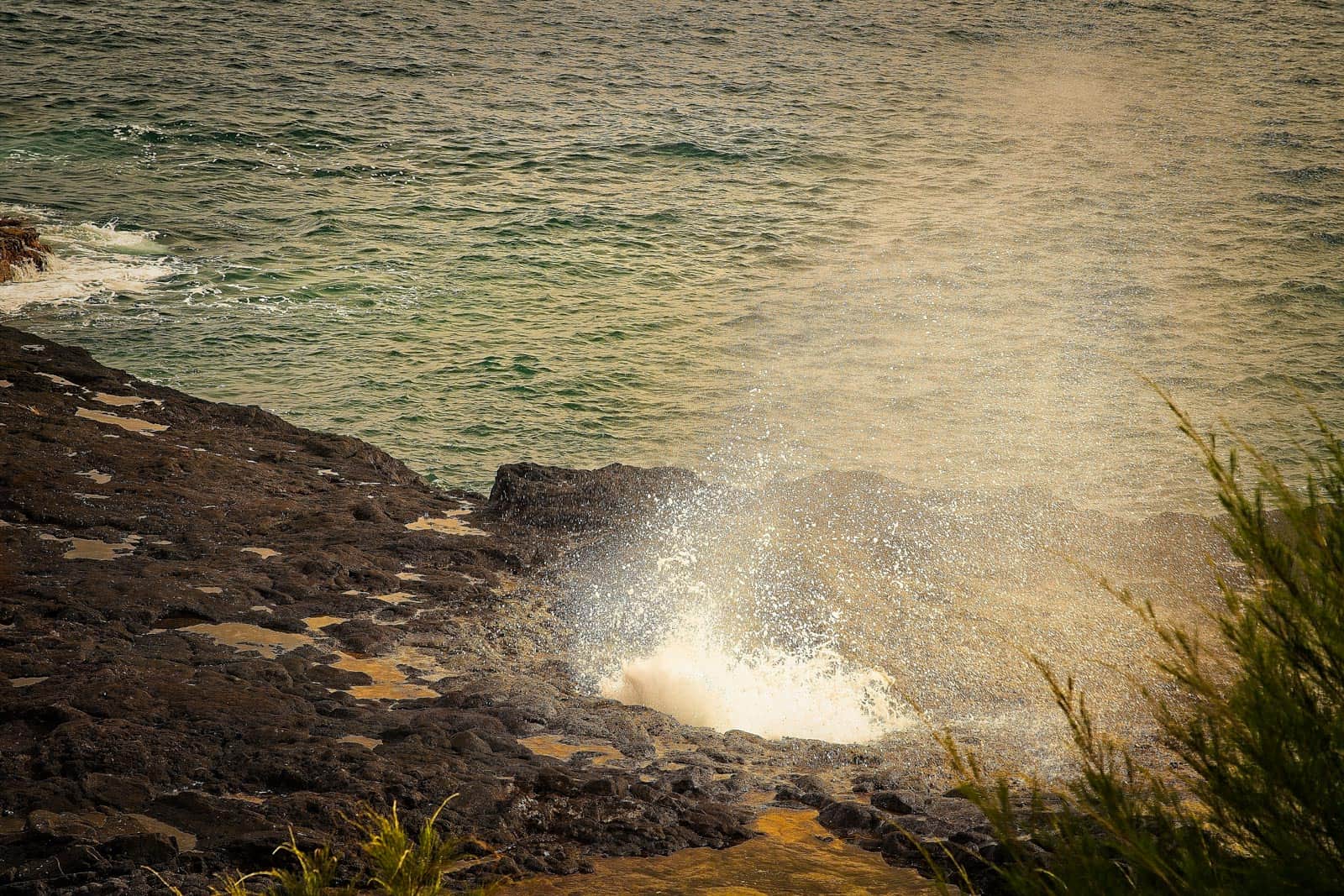Birds take dark detours during migrations
May 14th is World Migratory Bird Day, and this year’s theme will focus on light pollution. Migratory birds have evolved extraordinary physiological and navigational abilities to carry out long journeys. Nevertheless, new research has revealed that artificial light at night (ALAN) is affecting migration routes for a number of species.
Flights avoid lights
In a recent study published by Ecography, scientists tracked whip-poor-wills (which are nocturnal migrants) with GPS tags and analysed their flight patterns during their migrations from Canada to their wintering grounds in Central America. What they found was that the birds seemed to choose dark-connected skies free of ALAN. Cities can present a barrier for migrating birds, through buildings which they could collide with for example. But this study showed that they not only avoided urban, but also rural areas with bright lights such as oil fields. They also tended to rest at darker stopover sites.
Several studies have shown an attraction to ALAN by wildlife, but so far there has been little evidence of avoidance. Taking large detours to avoid bright skies could cost migratory birds a lot of energy, with unknown consequences for their survival. By mimicking celestial bodies, bright lights could also disrupt their navigation, making it more difficult to reach their feeding and breeding grounds. Birds aren’t the only animals whose migrations are affected by ALAN; it can also have deadly consequences for sea turtles.
The dangers of losing darkness
Having lights at night may give us a sense of warmth and security, but for wildlife, it can have the opposite effect. The ecology and behaviour of many animals is linked to natural light cycles. For example, frogs may stop their nocturnal mating calls if exposed to ALAN during the breeding season. Changing day lengths throughout the year can, for example, signal the seasons. If this is disrupted by artificial light, an organism’s developmental or reproductive cycle can be severely affected. ALAN may also have consequences for human health, with links to conditions as serious as breast cancer.
Although some bird and bat species can use ALAN to their advantage e.g. hunting for insects attracted to the light, it is still disruptive whether animals are attracted to it or avoid it. There have been campaigns to try and limit the amount of nocturnal light in urban areas, or at least dim light sources, but as ALAN is such a normal part of human life, truly dark skies seem a thing of the past.
But darkness is important, and needs to be preserved. This new research does make a good case for treating the skies as habitat that needs protection. Creating corridors between dark sky patches could improve movement for threatened populations in the same way as landscape connectivity is used to protect terrestrial species.
Aerial habitat needs to be considered along with terrestrial habitat.

World Migratory Bird Day
Birds that have long migrations are particularly vulnerable to changes in climate and land use. As a result, many migratory species such as the Balearic shearwater, Egyptian vulture and whooping crane are endangered. To find out more about how the conservation of migratory birds, you can head over to the World Migratory Bird Day website and check out this year’s events!









